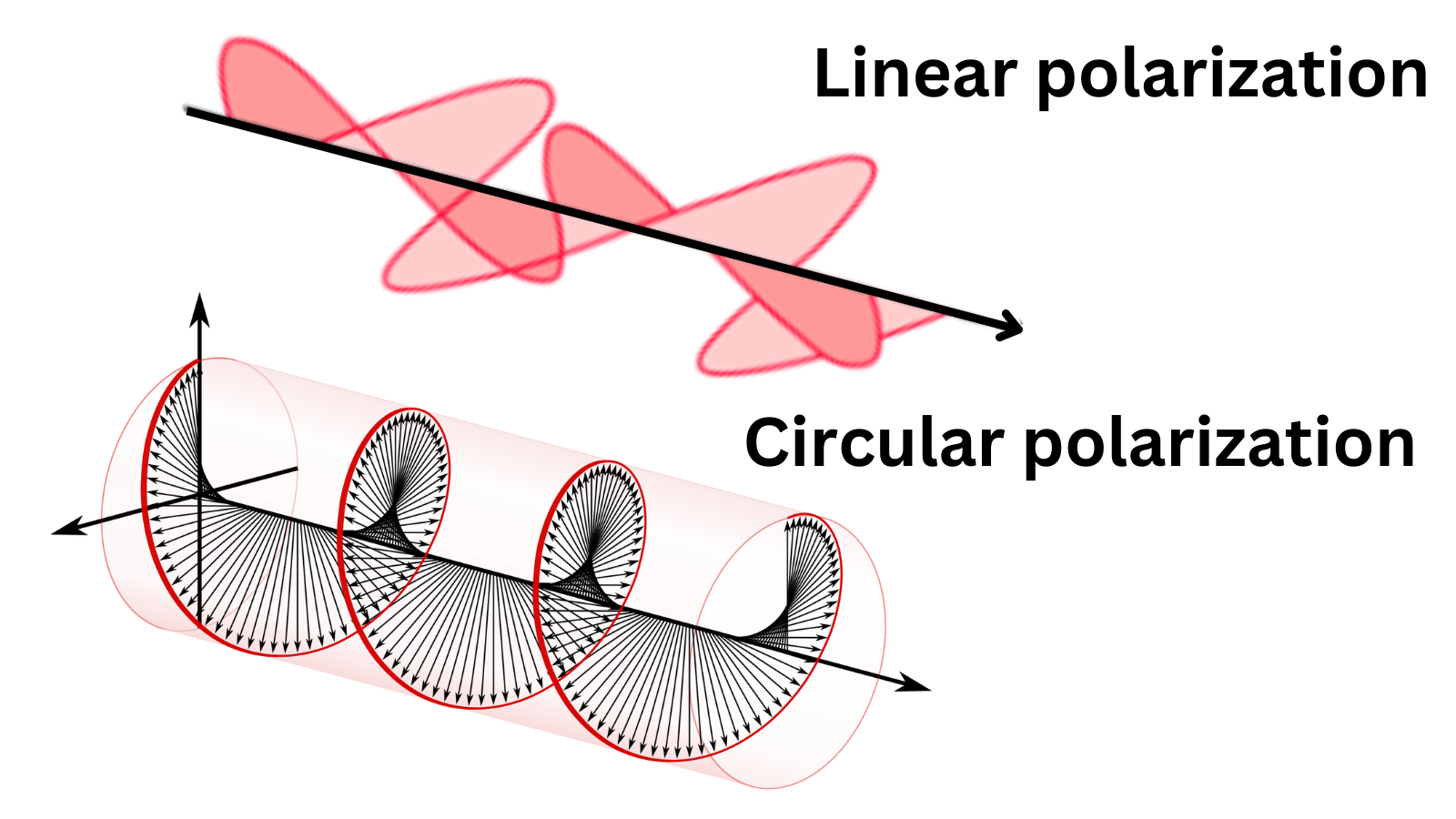
For the first time, astronomers have detected the magnetic fields of massive, blazingly hot stars outside our galaxy. They're stars that actually live in our galactic companions, the Large Magellanic Cloud (LMC) and the Small Magellanic Cloud (SMC).
Discovering stellar magnetism in these satellite galaxies of the Milky Way, both of which have a large population of young stars, offers scientists a unique chance to study actively forming stars. It could also answer the question of how much mass a star can pile on before it loses stability.
Magnetism is a vital factor in the evolution of massive stars, and can also determine how they will end their lives. Stars over eight times as massive as the sun leave behind neutron stars or black holes after dying violent supernova deaths that are influenced by each respective star's magnetic fields. Magnetism is also thought to be a key player in the launch of X-ray flashes and gamma-ray bursts that come from dying stars.
Related: Are stars vanishing into their own black holes? A bizarre binary system says 'yes'
Located 200,000 and 158,000 light-years from Earth, respectively, the infant stars of the SMC and LMC are believed to lack "metals," a term astronomers use for elements heavier than hydrogen and helium. This makes these relatively close stars a good "proxy" for the first stars to exist in the 13.8 billion-year-old cosmos, which are too distant to study in great detail, even with the instruments we have available.
The first generation of stars formed when hydrogen and helium were vastly more abundant than heavier elements across the universe, meaning these initial stars were also "metal-poor." Studying these relatively close SMC and LMC stars can thus help us understand the evolution of the universe's first stars.
"Studies of magnetic fields in massive stars in galaxies with young stellar populations provide crucial information on the role of magnetic fields in star formation in the early universe with star-forming gas not polluted by metals," research leader Swetlana Hubrig, from the Leibniz Institute for Astrophysics Potsdam (AIP), said in a statement.
Measuring stellar magnetism in our cosmic neighborhood is tricky
To conduct this magnetic study for stars in the SMC and LMC, the team turned to what's known as the low-resolution spectropolarimeter Focal Reducer/low dispersion Spectrograph 2 (FORS2). It's an instrument mounted on one of the four 8-meter telescopes that comprise the Very Large Telescope (VLT), which is located in the Atacama Desert of northern Chile.
Astronomers measure stellar magnetic fields by using light polarization, the uniformity of the direction in which waves of light are orientated. The key is that a star's light polarization is determined by the orientation of magnetic fields that impact it.
This technique, called "spectropolarimetry," uses circularly polarized starlight, two in-phase light waves in two planes orientated at 90 degrees to each other, which, if viewed while approaching an observer, would make it appear to be rotating.

To detect the smallest changes in starlight, spectropolarimetry depends on a high level of accuracy in polarization measurements, which requires high-quality data.
"The method is extremely hungry for photons [the particles of light]," Leibniz-Institut für Astrophysik Potsdam (AIP) scientist and team member Silva Järvinen said in the statement. "This is a special challenge because even the brightest massive stars, which have more than eight solar masses, are relatively light-poor when observed in our neighboring galaxies, the LMC and SMC."
That means conventional high-resolution spectropolarimeters and smaller telescopes aren't capable of harvesting the kind of data needed for spectropolarimetry investigations of stars outside the Milky Way, even those in our cosmic neighborhood.
There are also other challenges associated with performing spectropolarimetry beyond the Milky Way. The magnetic field measured for circular polarization is called a "longitudinal magnetic field," and it points in the direction of the observer. Almost like light from a lighthouse, the beam is easiest to see when pointed directly at an observer, and the longitudinal magnetic field is the easiest component of a magnetic field to see.

Another problem is that the structure of magnetic fields in massive stars is such that they are aligned with the rotational axis of the star. That means the strength of the longitudinal magnetic field can be "zero" for an observer looking directly at the magnetic equator of the rotating star.
Detecting a polarization signal also depends on the number of features like the absorption and emission lines of elements in the spectrum of light coming from a star. The more spectral features that can be determined, the better the spectropolarimetry outcome. Likewise, the longer an instrument can observe a star and record its polarimetric spectrum, the better the technique's results.
Whereas previous efforts to measure stellar magnetic fields beyond the Milky Way have failed, thanks to FORS2, the team was able to conduct spectropolarimetry for five massive stars in the LMC and SMC.
The investigation was successful for two single stars that have spectra resembling massive stars in the Milky Way. It also provided a measurement of magnetic fields for an interacting pair of massive stars in a binary system designated Cl NGC 346 SSN7, which is located in a vast star-birthing region of the SMC called NGC346. The stars were found to have magnetic fields so strong they are only typically seen on the sun in highly magnetized dark regions called sunspots.
The team thinks these new findings suggest that low metallicity has little impact on the occurrence and strength of magnetic fields in massive stars. It also may be the case that star formation and evolution occur in similar ways in the Milky Way, in the LMC and in the SMC.
The researchers concede that the sample size of stars used to reach these conclusions is very small, and that means that further investigation of massive stars in the SMC and LMC is needed to confirm the study's conclusions.
The research was published May 27 in the journal Astronomy & Astrophysics.







